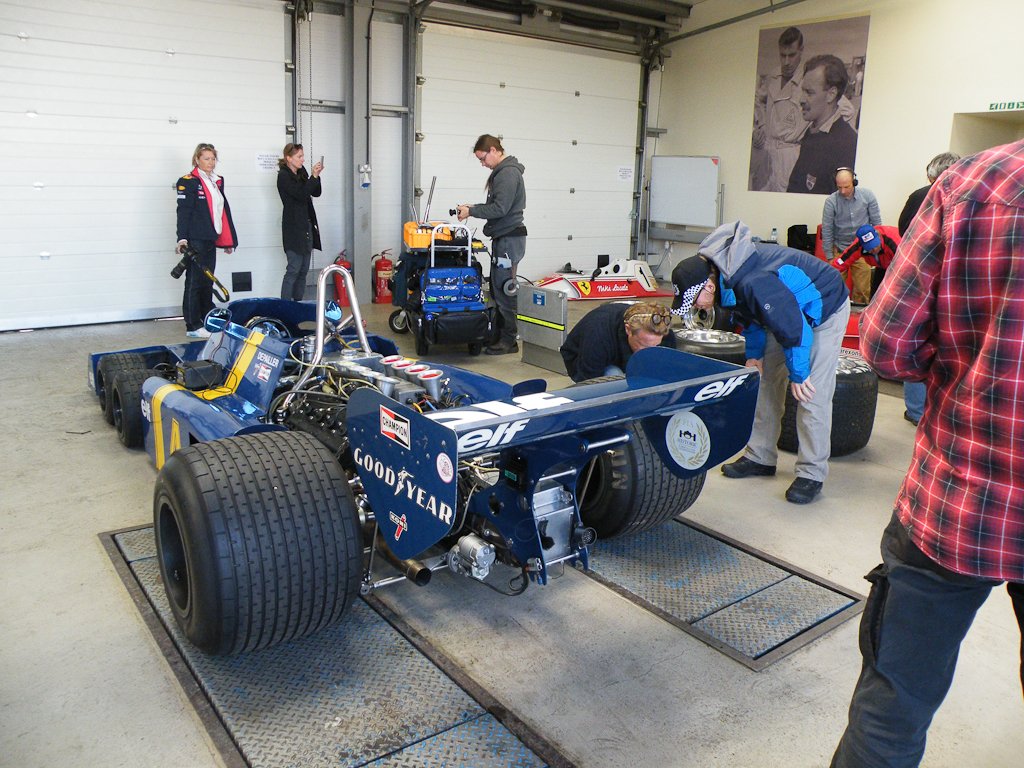
The time time it came to doing A Farewell To Kings in. After this they wouldĬhange their style and approach or maybe the couple of years between studio albumsĪllowed them to look at what they had achieved and allow to mature their songwriting by The World's A Stage is a good show case of where Rush were at. Posted Monday, Decem| Review this album | Report (Review #20439)Ī good live album with a big fat sound from the guitar of Alex Lifeson and at this point All Neil Peart added a lot of power to these songs, includingĪn impressive drums and percussion solo (by "the Professor of the Drum Kit", as Lee In these three songs the influenceįrom Led Zeppelin is very clear. Man", "Finding My Way" and "What Are You Doing?". With drummer John Rutsey) of three songs originally released in their first album:"Working album: very improved live versions (in comparison to the original studio versions My favourite songs fom thisĪlbum are: "Something for Nothing", "Lakeside Park", "2112" (the most Progressive ofĪll), "In the End" (including a xylophone played by Peart), and the Side Four of the originalĢ L.P. The "Exit." album, but this 1976 live album is still enjoyable. The sound of RUSHīecame more Progressive and less Heavy Metal by the time of the release date of

Sequencers and synthesizers in comparison to the "Exit." album. The "raw" power of the 1976 band, Geddy Lee`s Heavy Metal vocals and the absence of The main differences between both live albums are The "Exit.Stage Left" album, and I recorded both albums in cassettes (I later boughtīoth albums in the L.P. So there is an "atmosphere" in this album as being recorded before dedicated fans Recorded in Canada in 1976, when RUSH wasn`t still very known in other countries, I Progressive Rock arrangements and some long songs which had lyrics with stories. The sound of RUSH in their first albums was a combination of Heavy Metal Rock with some Posted Monday, | Review this album | Report (Review #20433) That way, you can appreciate the similarities and the differences between the originals and the live versions presented on "All The World's A Stage". Still, as equitable an overview as it is, listeners would be better served by picking up the studio albums first, or at least "Fly By Night" and "2112". Issuing one early in their careers like this gives RUSH fans the opportunity to enjoy their first-phase music in its original context rather than as some posthumous archival release, and the difference is significant.

What's nice about "All The World's A Stage" is the opportunity to hear the band cut through live versions of their earliest material like it really mattered (and it did): Four cuts from their first album, album tracks like "Lakeside Park" and "Something For Nothing", even "By-Tor." would have fallen by the wayside by the time most bands had released a live album. The selections may sound a little rough around the edges (even on the digital remasters), but RUSH does shine on an inspired 12-minute version of "By-Tor and The Snow Dog" and a slightly edited version of the ""2112"" suite. In other words, what most bands sound like when they play live (since few had RUSH's uncanny ability, or desire, to faithfully re-create the studio arrangements as they did later on). "All The World's A Stage" captures the essence of RUSH in the beginning, not the meticulously crafted sound of later live shows but a trio carried by the energy of the moment. Stage Left", "A Show of Hands", "Different Stages"). Loud, live, raw RUSH! (Rejoice.) "All The World's A Stage" completes the first stage of RUSH's development, or as the band notes on the sleeve: "the end of the beginning, a milestone to mark the close of chapter one." And in time, the band's generous live documents would serve as signposts through their career ("Exit.

Posted Wednesday, Febru| Review this album | Report (Review #20422) Very difficult to point out highlights from such a strong set, but Lee's vocals on 'Lakeside Park' are as haunting as they ever get (the segue from L/Park to 2112 is wonderful) Lifeson's workout during 'By-Tor' puts hium up there with the best & Peart's solo - well, it's Neil Peart!!! All finished off with a storming version of 'what you're doin' - quick bit of advice, BUY IT! That said, Lee Lifeson & Peart do not put a foot wrong throughout the album, seemingly spurred on by what is an extremely enthusiastic home-town crowd. As with most live albums, the versions of familiar songs are considerably faster & Geddy Lee's falsetto occasionally teters on the edge of the scale (any higher & only dogs would hear him.). Although the recording quality of this album is not up to the studio albums, the raw edge adds to the atmosphere of one of the great 1970's live albums.


 0 kommentar(er)
0 kommentar(er)
